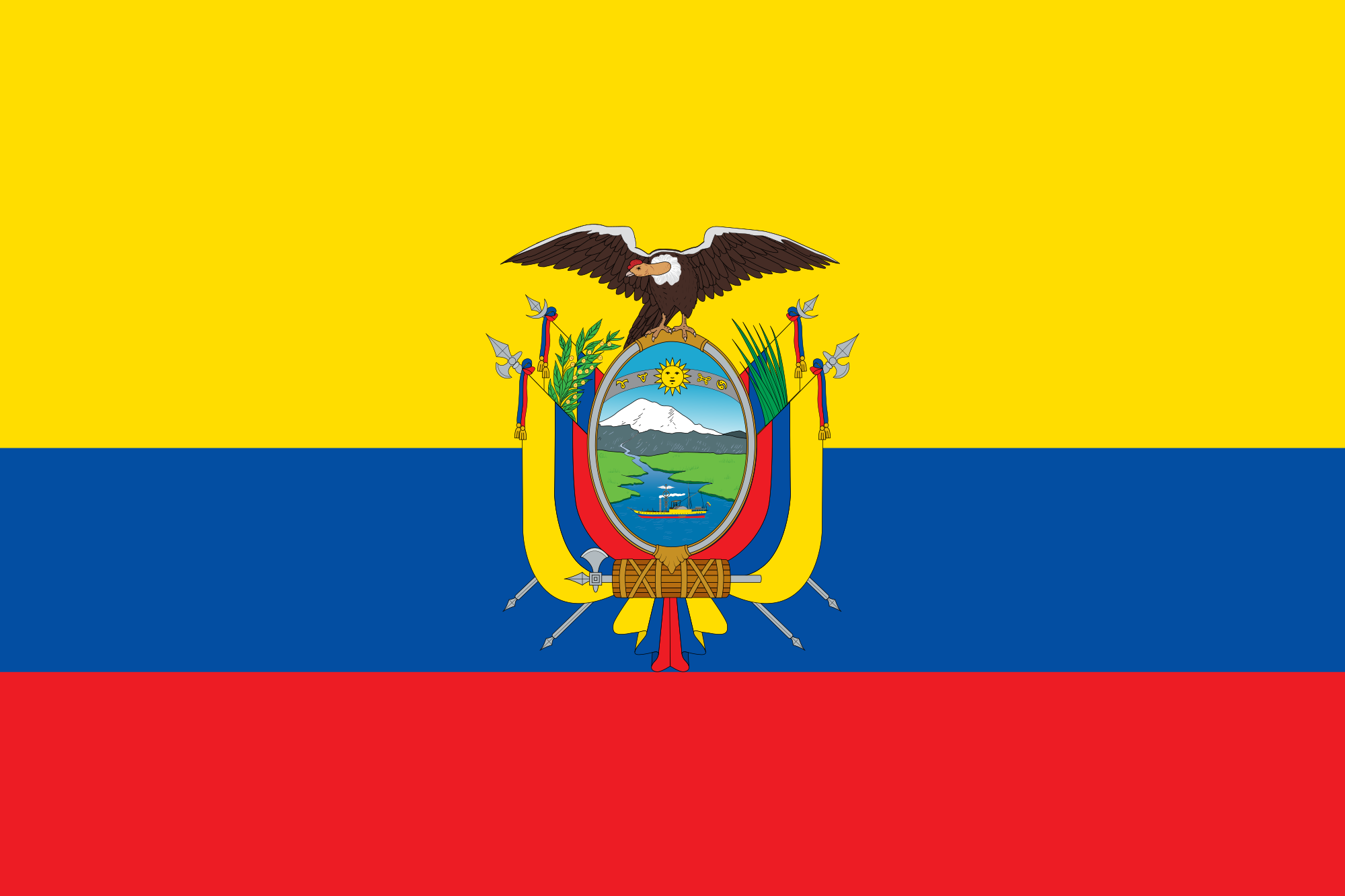Home 2003-05; Atletica
This shirt has a look that seems to suggest the designers
had been in the pub all week and put it together ten minutes before the
deadline on Friday evening. For others,
it is a classic, no frills, understated shirt that just has the logos needed
and a big block of burgundy.
Traditional, as it should be.
Personally, I am somewhere in the middle of both groups. I often see shirts that I think are
needlessly over-complicated with go-faster stripes and seemingly endless panels
and stitching (looking at you here, Adidas). But then I think this might have
benefited from a little bit of additional colour somewhere on it, other than
the ‘Venezuela’ text on the back. This seems to have only been added to replica
shirts and not the players’ version, though it is a similar font to that used
for the names and numbers by Atletica. To
that end, the fans version has a slightly different collar (more basic, so
perhaps cheaper to mass-produce). Indeed, Atletica seem not to have worried
too much with consistency. In one game in 2003, at least one player’s shirt had
blue stitching while others wore the burgundy stitching as seen in this post. There
are also pictures showing the team play at least one game in 2004 with the
Atletica logo missing completely from the shirt. In 2005, blue cuffs were
added to the short-sleeved version worn by the u20 side at the South American
championships.
All logos are embroidered, which is nice to see. As for the Venezuela crest, well, like the
shirt, it is pretty simple and to the point.
It’s got the flag so we know it is Venezuela, and they have stuck a
football and in there so we know it isn’t the national cricket team. But while
I might mock slightly, I do like the shirt.
The team hold the unenviable record of being the only South
American team not to have qualified for a World Cup, though they waited until
1966 to attempt qualifying for the first time. In 2011, La Vinotinto (The Burgundy) reached
the semi-finals of the Copa America, losing only on penalties to Paraguay. They
also subsequently lost the 3rd/4th Placed Play Off to
Peru, but still finished the tournament with their best ever placing. This was
a result of a rise in popularity of football in Venezuela since the early
2000s, which brought in increased funding in the form of government grants and
private sponsorships. Baseball remains the most popular sport in Venezuela,
perhaps influenced by the proximity to the Caribbean.
Venezuela declared independence from
Spain in 1811, though this was not full independence as it became part of Gran Colombia,
a large state encompassing most of northern South America. In 1830, Venezuela
became a nation in its own right, as the Gran Colombia ‘project’ began to
crumble. Since then, the political landscape of the country has tended to be a bumpy
one. In recent years, Venezuela has been
held up by many on the left wing (the political left, as opposed to the
football one)as a successful new model of socialism. This is largely thanks to
former leader, the now deceased Hugo Chavez, who often spoke of a “human first”
political agenda.







It's the World's most boring shirt! I have this one too ;-) Personally I prefer all the bells, whistles and go-faster stripes. In fact, I like a football shirt to be as ridiculous as possible!
ReplyDeleteFYI you used Ecuador's crest at the top instead of Venezuela's.
ReplyDelete